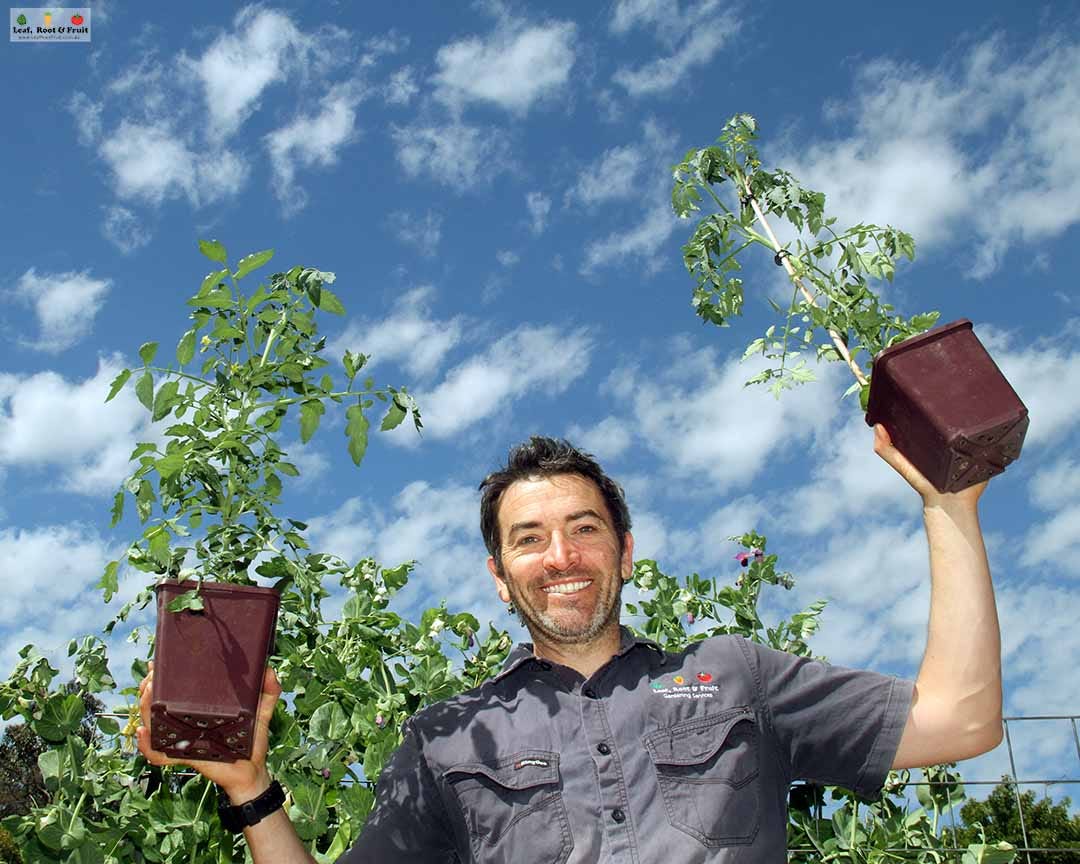I’m very excited.
The Milkmaids and Golden Moths Orchids are flowering. I watch every step to avoid stepping on snakes. The White Cabbage Butterflies are up and about. I’ve even noticed a few Blue Banded bees flitting from purple flower to purple flower.
But what does all of this have to do with growing food?
Perhaps these events don’t mean much to you. Bu…




